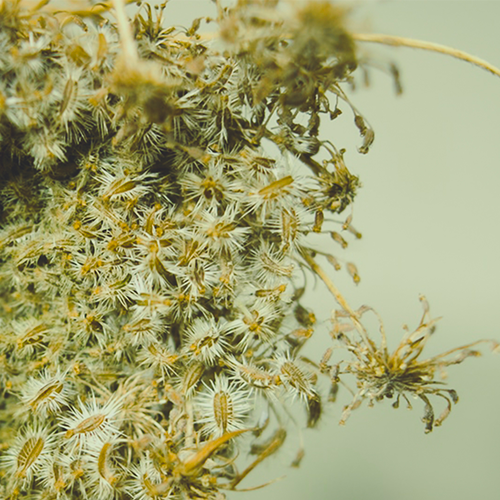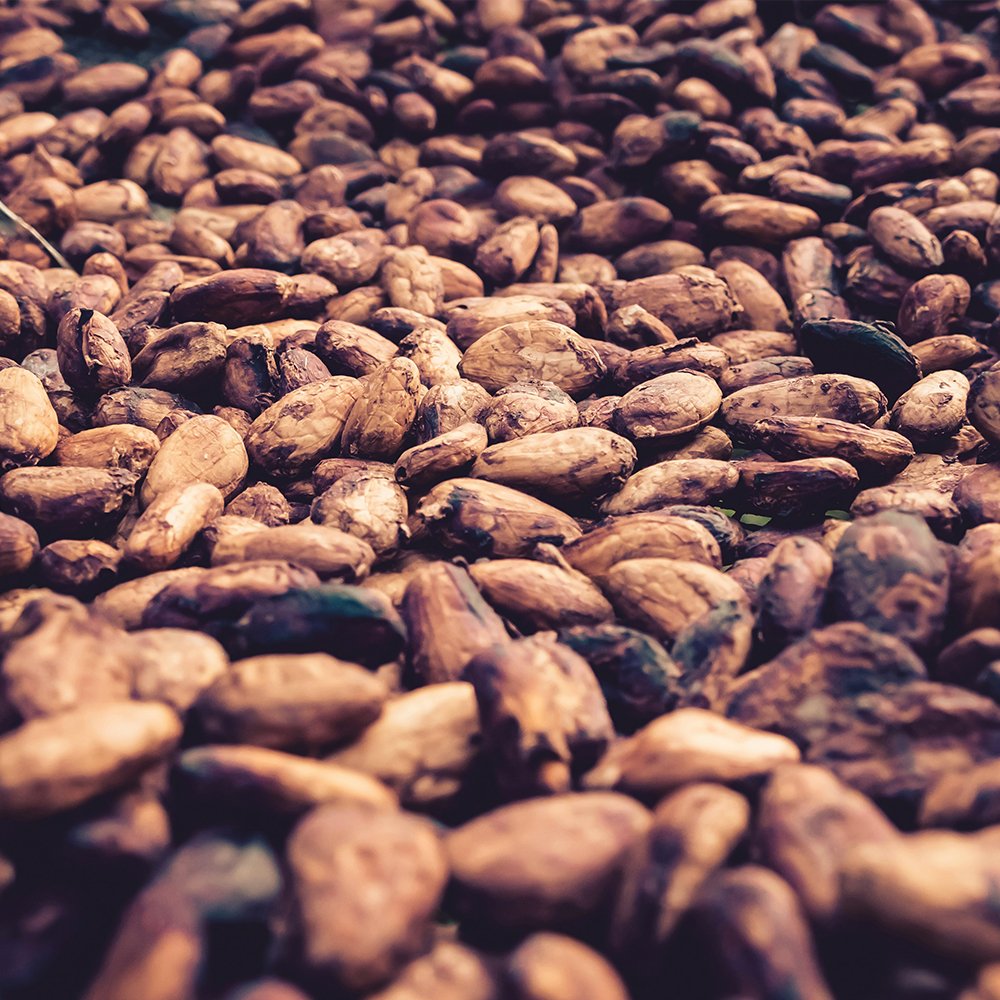 Image 1 of 2
Image 1 of 2

 Image 2 of 2
Image 2 of 2



Estragon Oil
Premium Natural Ingredient for Perfumery
Estragon Oil, also known as Tarragon Oil or Artemisia dracunculus essential oil, is a natural anisic material with a fresh, green character and sweet-spicy undertones. Extracted by steam distillation of the flowering tops and leaves, it delivers a fennel-anise aroma with leafy and celery-like nuances. Unlike other Artemisia oils, Estragon stands out for its soft, spicy-sweet profile, and is a key trace material in chypre, fougère, and green floral compositions. Its high estragole content (~65%) contributes to its distinctive olfactive identity, though also raises questions about authenticity and adulteration in commercial supply chains.
Premium Natural Ingredient for Perfumery
Estragon Oil, also known as Tarragon Oil or Artemisia dracunculus essential oil, is a natural anisic material with a fresh, green character and sweet-spicy undertones. Extracted by steam distillation of the flowering tops and leaves, it delivers a fennel-anise aroma with leafy and celery-like nuances. Unlike other Artemisia oils, Estragon stands out for its soft, spicy-sweet profile, and is a key trace material in chypre, fougère, and green floral compositions. Its high estragole content (~65%) contributes to its distinctive olfactive identity, though also raises questions about authenticity and adulteration in commercial supply chains.
Premium Natural Ingredient for Perfumery
Estragon Oil, also known as Tarragon Oil or Artemisia dracunculus essential oil, is a natural anisic material with a fresh, green character and sweet-spicy undertones. Extracted by steam distillation of the flowering tops and leaves, it delivers a fennel-anise aroma with leafy and celery-like nuances. Unlike other Artemisia oils, Estragon stands out for its soft, spicy-sweet profile, and is a key trace material in chypre, fougère, and green floral compositions. Its high estragole content (~65%) contributes to its distinctive olfactive identity, though also raises questions about authenticity and adulteration in commercial supply chains.
Natural Ingredient Overview
🏭 Supplier — Firmenich
🔎 Botanical Name — Artemisia dracunculus
🧪 Synonyms — Tarragon Oil, French Tarragon Essential Oil
🧬 Chemical Formula — Complex mixture (main component: estragole ~65%)
📂 CAS N° — 8016-88-4
📘 FEMA — 3045
⚖️ MW — Not applicable (mixture)
📝 Odor type — Anisic / Green
📈 Odor Strength — Medium
👃🏼 Odor Profile — Leafy, green, sweet-anise, fennel-like, spicy, celery nuance
⚗️ Uses — Used in trace amounts in chypre, fougère, green floral, and lilac accords; flavor use in vinegars and herbal liqueurs
🧴 Appearance — Colorless to pale yellow or greenish-yellow liquid
What is Estragon Oil?
Estragon Oil is a natural essential oil obtained via steam distillation of Artemisia dracunculus, a small aromatic herb in the Asteraceae family. Native to Eurasia and cultivated globally as a culinary herb, tarragon is especially known for its sweet-aniseed flavor and aromatic potency.
The essential oil contains a high proportion (~65%) of estragole (methyl chavicol), responsible for its signature green-anisic note. Unlike harsher artemisia oils (e.g., Artemisia absinthium), Estragon offers a softer, more elegant profile, suited for refined perfumery work in trace amounts.
Its olfactory character is rich in green spice and anise notes, with delicate celery-like facets, making it a flexible yet complex material for use in creative compositions.
Olfactory Profile and Perfumery Applications
Estragon Oil provides a leafy, aniseed-fennel scent, softened by a sweet, green spice nuance and a celery-like freshness. It behaves as a top-to-heart note modifier, able to brighten or contrast deeper notes in classic structures.
It is especially effective in:
Chypre accords (e.g., L’Origan type structures)
Fougères and green floral blends
Lilac and herbal fantasy notes
Layering with galbanum, lavender, vanillin, isoeugenol, methyllonone
Typical dosage is trace to 0.1% in fragrance concentrate.
Adulteration and Authenticity
Due to its limited annual production (just over 1 ton globally), Estragon Oil is often adulterated—primarily with synthetic estragole, pine terpenes, or minor artemisia fractions.
Adulterated oils exhibit:
Shorter life on paper
Excessively clean drydown
Lack of herbaceous undertones
Authentic Estragon should display complexity, lasting sweetness, and a balance between green and spicy notes. Only thorough olfactory and GC analysis can confirm authenticity.
Flavor Applications
In flavoring, Estragon Oil is used as:
A substitute for fresh tarragon in vinegars and pickles
A herbal flavoring in liqueurs, sauces, and meat seasonings
Sweet-spicy taste reminiscent of anise, basil, and celery.
Recommended usage: 0.2–0.5 mg%
Minimum perceptible threshold: 0.06–0.12 mg%
Regulatory and Safety Overview
IFRA: Restricted due to estragole content. Must comply with specific limits based on application category (see IFRA Standards Amendment 51).
EU Allergen Listing: Contains estragole, a listed allergen and suspected carcinogen. Labeling required in cosmetics above 0.01% (leave-on).
FEMA GRAS: Listed under FEMA 3045 with limitations.
ECHA: Estragole is flagged for potential carcinogenicity. Estragon Oil must be assessed as a whole in formulations.
Toxicology: Estragole has shown genotoxicity and hepatocarcinogenicity in animal models. Usage must respect concentration thresholds and safety limits.
⚠️ Use with caution, especially in leave-on products and flavor applications. Consult up-to-date IFRA and EU regulations.
Sources
Arctander, S. Perfume and Flavor Chemicals (1969)
IFRA Standards Documentation
FEMA GRAS Database – FEMA 3045
ECHA Substance Information – Estragole
PubChem CID 8815 – Estragole
Fulvio Ciccolo, Scentspiracy Technical Archive





